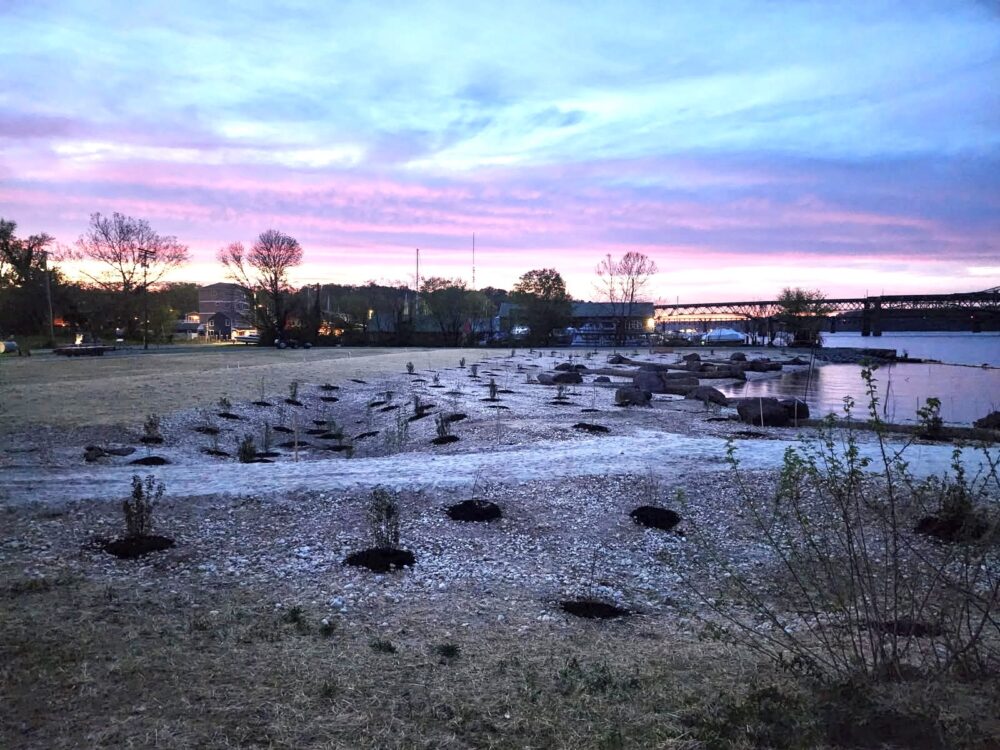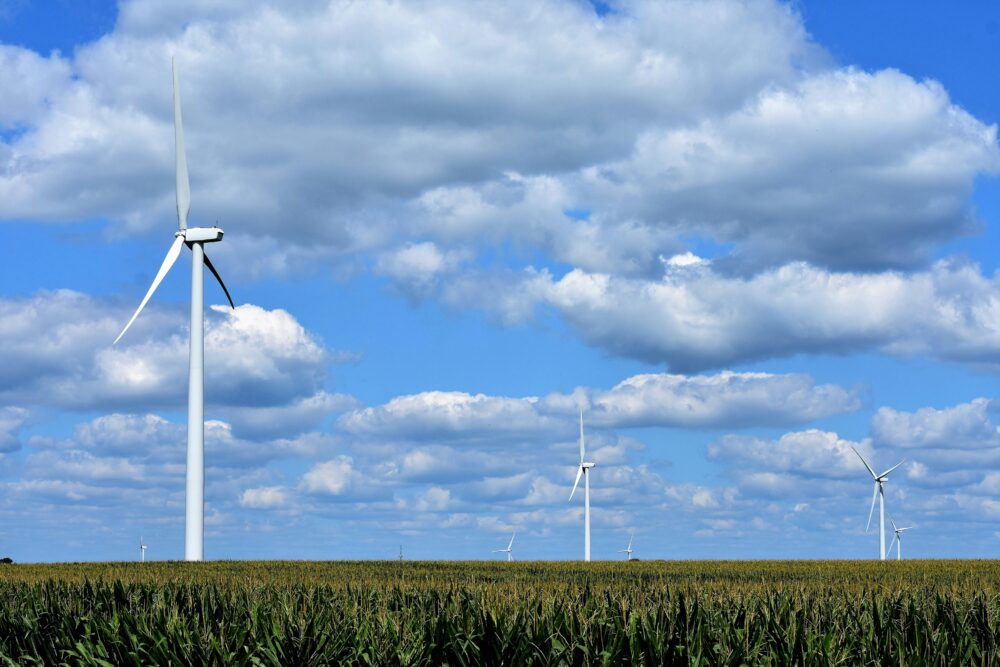We have much more to do and your continued support is needed now more than ever.
Osprey Families of the Delaware River Basin
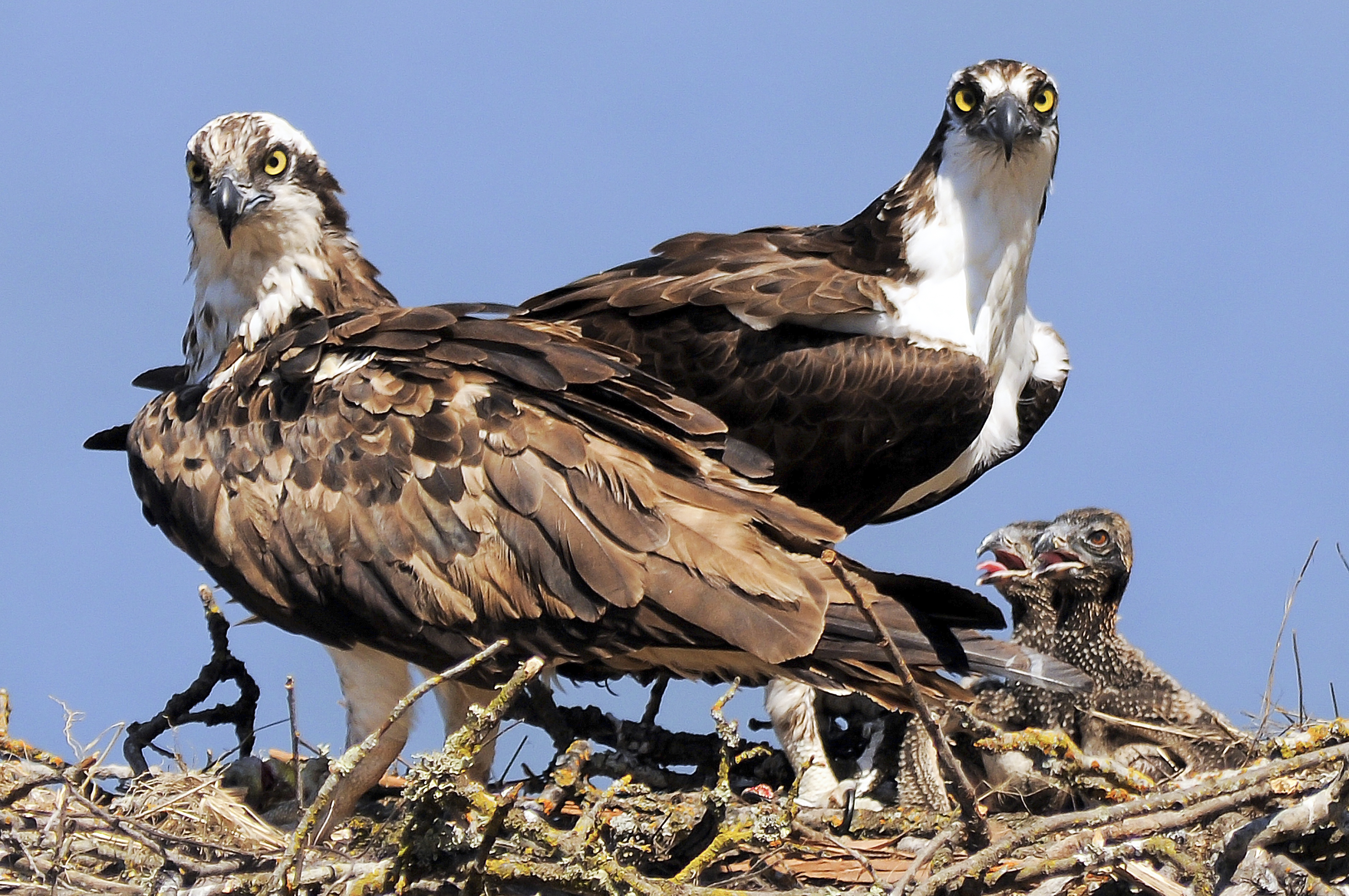
Now wrapped into this year’s Water Resources Development Act, the DRBCA and its critical conservation funding may finally have a chance to become law – and that means exciting things not only for the people of New York, Pennsylvania, New Jersey, and Delaware, but also for wildlife in those states. Among the many species that will benefit from this important legislation is one that hits close to home for many.
Sometimes making a personal connection to wildlife is critical in appreciating the conservation efforts required to protect our natural treasures, like in my case with the DRBCA and ospreys.
A Sign of Conservation
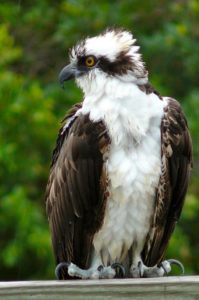
Every year, in the first few weeks of June, areas along both shores of the Delaware River and Delaware Bay are filled with the floating strains of high-pitched, whistling chirps.
The sounds belong to ospreys. Although ospreys can be seen year-round throughout North America, their breeding range in the summer is isolated to the Pacific Northwest and the east coast, a critical piece of which is the Delaware River Basin.
Signaling the start of summer, these chirps and whistles are made by osprey families sprinkled throughout the 2,000 tributary rivers and streams running into Delaware Bay from all sides. Locals who hear these chirps along waterways or spot nests on telephone poles or channel markers know these sights and sounds are commonplace.
But this wasn’t always the case. In the early 1900s, ospreys numbered in the thousands in New Jersey alone. By 1975, DDT use starting in the 1940s had driven the osprey population down to only 53 nests. Today, thanks to aggressive conservation efforts, New Jersey is back to almost 600 nesting pairs – and growing every year. Luckily the same trend can be said for the other states of the Basin as well.
Diary of an Osprey’s First Months
Back when I lived in the Delaware River Basin, I had the privilege of being neighbors with a pair of nesting ospreys. During one summer, I watched three baby ospreys – dubbed Manny, Moe, and Jack (of Pep Boys trio fame) – grow from little, squiggly nuggets to gangly, awkward adolescents, and then eventually into teenage raptors learning (sometimes ungracefully) how to snatch fish from the water’s surface mid-flight.
See how they aged over their first summer below:

June 14 – The pair of nesting ospreys that I’ve been watching from my porch revealed their three chicks today. I watched in delight as Papa Osprey fed a big red fish to Manny, Moe, and Jack. Right now, these three are just wobbly little heads that pop up every now and again.
 July 6 – The “ospbabies” (as I’ve come to call them) are starting to test out their wings. They hop around the nest and make the occasional, excited flap. Check out that wingspan!
July 6 – The “ospbabies” (as I’ve come to call them) are starting to test out their wings. They hop around the nest and make the occasional, excited flap. Check out that wingspan!
 July 15 – From little nugget-sized things to three nearly-fledged birds that are really starting to look like ospreys, the Pep Boys are almost all grown up. What mighty fine ospreys they are starting to make! Notice their still-speckled brown plumage (distinct from the solid brown plumage of their parents).
July 15 – From little nugget-sized things to three nearly-fledged birds that are really starting to look like ospreys, the Pep Boys are almost all grown up. What mighty fine ospreys they are starting to make! Notice their still-speckled brown plumage (distinct from the solid brown plumage of their parents).
 August 13 – Now that their parents have left, the not-so-little-anymore ospreys don’t like hanging around the nest as much. Luckily I was able to catch this ospbaby in my scope, looking out for anything interesting down below on the river.
August 13 – Now that their parents have left, the not-so-little-anymore ospreys don’t like hanging around the nest as much. Luckily I was able to catch this ospbaby in my scope, looking out for anything interesting down below on the river.
 August 30 – As summer comes to an end, the baby ospreys have grown up and are about to start their first migration as adult birds. Here’s to the great conservation efforts that helped them and other osprey families thrive in this area, and here’s hoping we see them again next year!
August 30 – As summer comes to an end, the baby ospreys have grown up and are about to start their first migration as adult birds. Here’s to the great conservation efforts that helped them and other osprey families thrive in this area, and here’s hoping we see them again next year!
How You Can Help
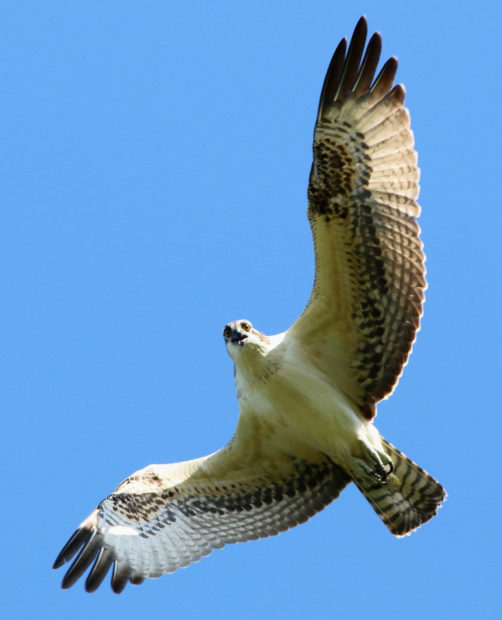
Ospreys aren’t the only wildlife species that benefit from conservation efforts in their breeding range – in fact, they’re only one of the many reasons we need to invest in the Delaware River Basin. The Basin is home to more than 8 million people, along with nearly 180 species of threatened or endangered fish and wildlife. The Basin also provides clean drinking water to more than 15 million people, including residents of New York City and Philadelphia.
So what can you do? You can join us to make sure Congress passes the Delaware River Basin Conservation Act by helping us call on all members of Congress to support the protection of the Delaware River Basin and the wildlife that depend on it. The Delaware River Basin bill will establish a restoration program to make sure the people and wildlife of the Basin have the resources needed to protect this important area – now, and for future generations (of osprey and human families alike!) to come.
We also encourage you to get out and experience the Delaware River Basin for yourself! Attend events to get outside on the Delaware River Waterways or find other ways to enjoy the Basin’s national wildlife refuges.
Take ActionHelp NWF protect the Delaware River Basin for osprey and other wildlife















